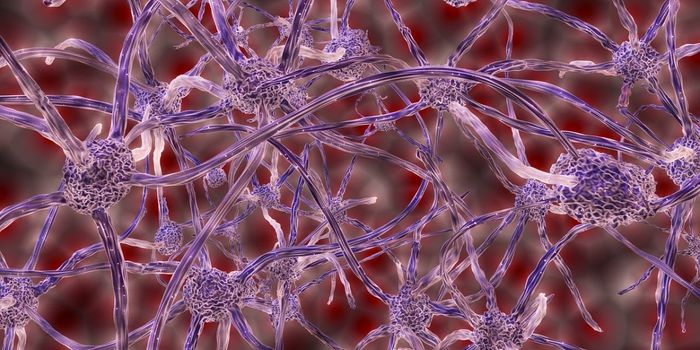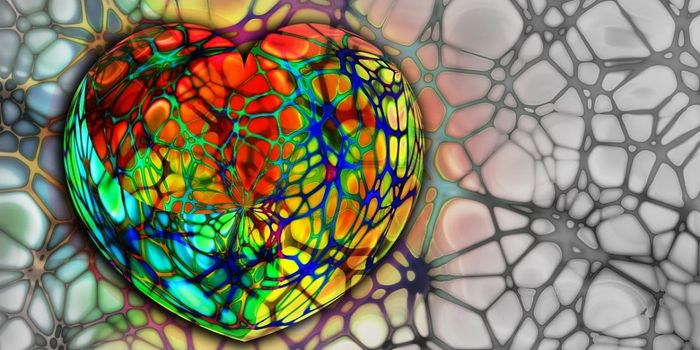The Potential of Antivitamins
Antibiotics are a staple of modern day medicine. These drugs saved millions of lives but do to their overuse has resulted in “bacterial resistance” to the common infections they treat such as pneumonia, meningitis or septicaemia. As a result, there is a global public health threat from antibiotic resistance.
Learn more about the history of antibiotics:
Now, new research at the University of Göttingen and the Max Planck Institute for Biophysical Chemistry Göttingen shows a promising new approach of creating a novel class of antibiotics— involving "antivitamins". Findings were published in the journal Nature Chemical Biology.
What exactly are antivitamins? They are substances no less that have the power to target the biological function of a genuine vitamin. These substances have a similar chemical structure to those of the actual vitamin. To study their role effectively, researchers examined the naturally occurring antivitamin of the vitamin B1. Many bacteria can produce a toxic form of vitamin B1.
"Just one extra atom in the antivitamin acts like a grain of sand in a complex gear system by blocking its finely tuned mechanics," explains Professor Kai Tittmann, from the Göttingen Center for Molecular Biosciences at the University of Göttingen. “The human proteins either do not bind to the antivitamin at all or in such a way that they are not 'poisoned’”.
Source: Science Daily









